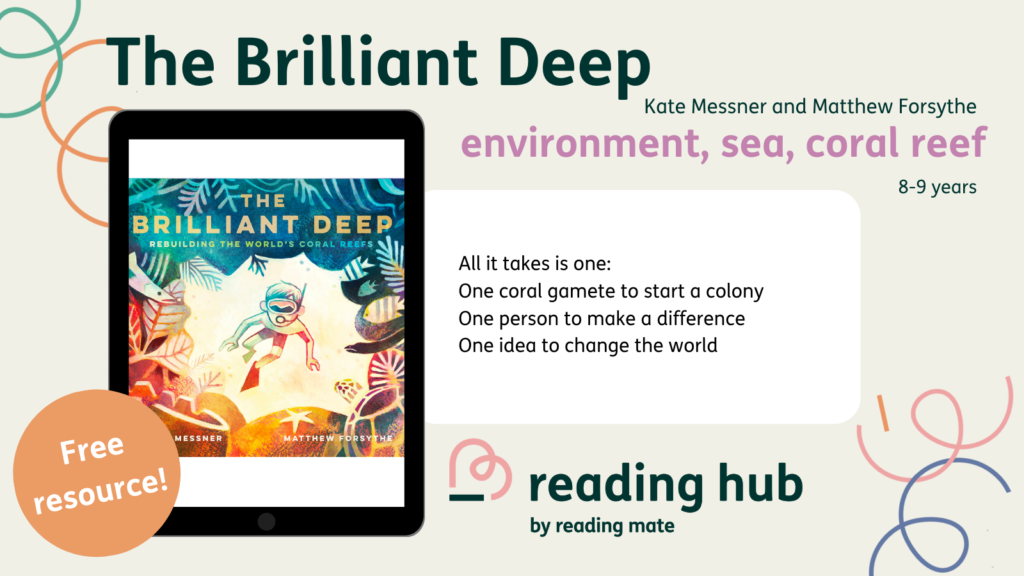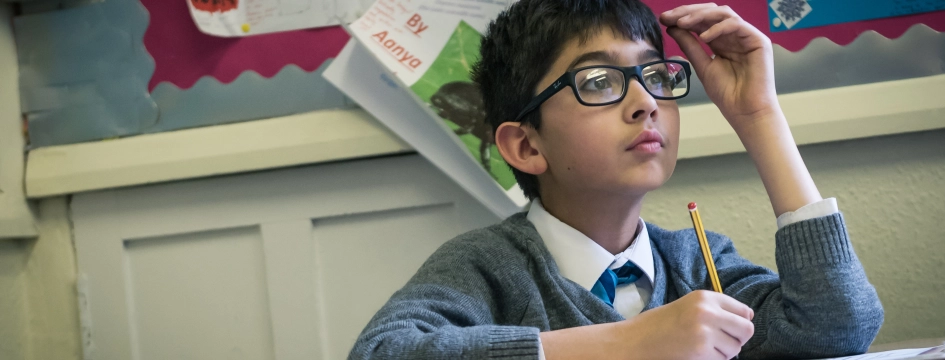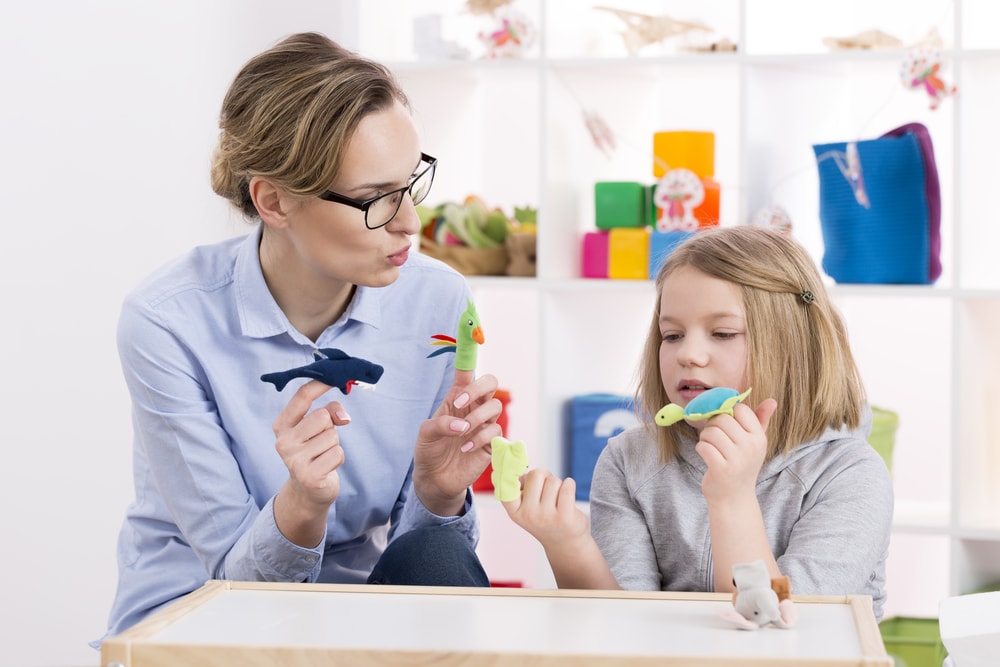What is metacognition?
Metacognition is a hot topic across all sectors of Primary Education. The power of metacognition has been well researched and documented in the field of education. Metacognition is defined as “thinking about thinking.” It’s a higher-order thinking skill that allows learners to be aware of their own cognitive processes while they are engaged in learning tasks. When learners use metacognition in the classroom, they monitor their comprehension.
As a teacher, you want your learners to be successful readers. One way to help them achieve this is to teach them how to harness the power of metacognition in the primary classroom. When learners are aware of their own reading strategies, they are more likely to be successful in comprehending text.
The UK government has foregrounded reading, writing and mathematics as areas of particular focus when it comes to catch-up.
Looking for lesson ideas and inspiration? Here are 5 classroom activities for The Brilliant Deep by Kate Messner.


There are many metacognitive reading strategies that learners can use to support their comprehension. Some of these include:
– Monitoring understanding as they read
– Rereading difficult or confusing parts of the text
– Using context clues to determine the meaning of unknown words
– Making predictions about what will happen next in the story
As a teacher, you can model metacognitive reading strategies for your learners. You can also provide opportunities for them to practice these strategies. When learners are given the opportunity to think about their thinking, they will be better equipped to become successful readers.
What does metacognition look like during class reading?
Reading aloud
When presenting the idea of metacognition to learners, talk about the voice in our head that talks back to us while we think and dream. Discuss how this voice also talks back to the story while we read. As we read, thoughts appear, and it’s important to pay attention to these thoughts. When reading and understanding a story, talk about how our minds feel positive. When we don’t understand a story, our minds may feel anxious, confused or even frustrated.
Metacognition and poetry
When metacognition and poetry are brought together, it’s a powerful combination. When reading a poem, metacognitive readers think about the words, the images and the feelings that the poet is trying to create. They also think about how the poem makes them feel.
Poetry can be a difficult genre for some students to engage with. However, when metacognition is used as a reading strategy, students can unlock the meaning of the poem and appreciate the beauty of the language.
Using leading questions like, “How does it make you feel? What can you picture? What words in the poem make you think that?”
Monitoring progress with independent reading
Ensuring learners have an understanding of what they’ve read is imperative to comprehension. Completing reading logs that ask ‘what’ and ‘why questions can really benefit this. Check out Reading Hub Home (which is entirely free) that does exactly this!
Throughout reading, they could also ask themselves, “Does it look and sound right? Can I picture the story? Can I explain what’s happened? Does my mind feel good?” If the answer to any of these questions is no, they should slow down, reread, sound it out and read on.

Consequently, as our learners become more aware of their thinking and comprehension, the impacts of this will be apparent across all of their schooling. For example, not only will they be better readers, but metacognition will support them in writing, problem-solving, and test-taking. The benefits of metacognition are far-reaching!
What metacognitive reading strategies do you use with your learners? Share your thoughts in the comments section below.

